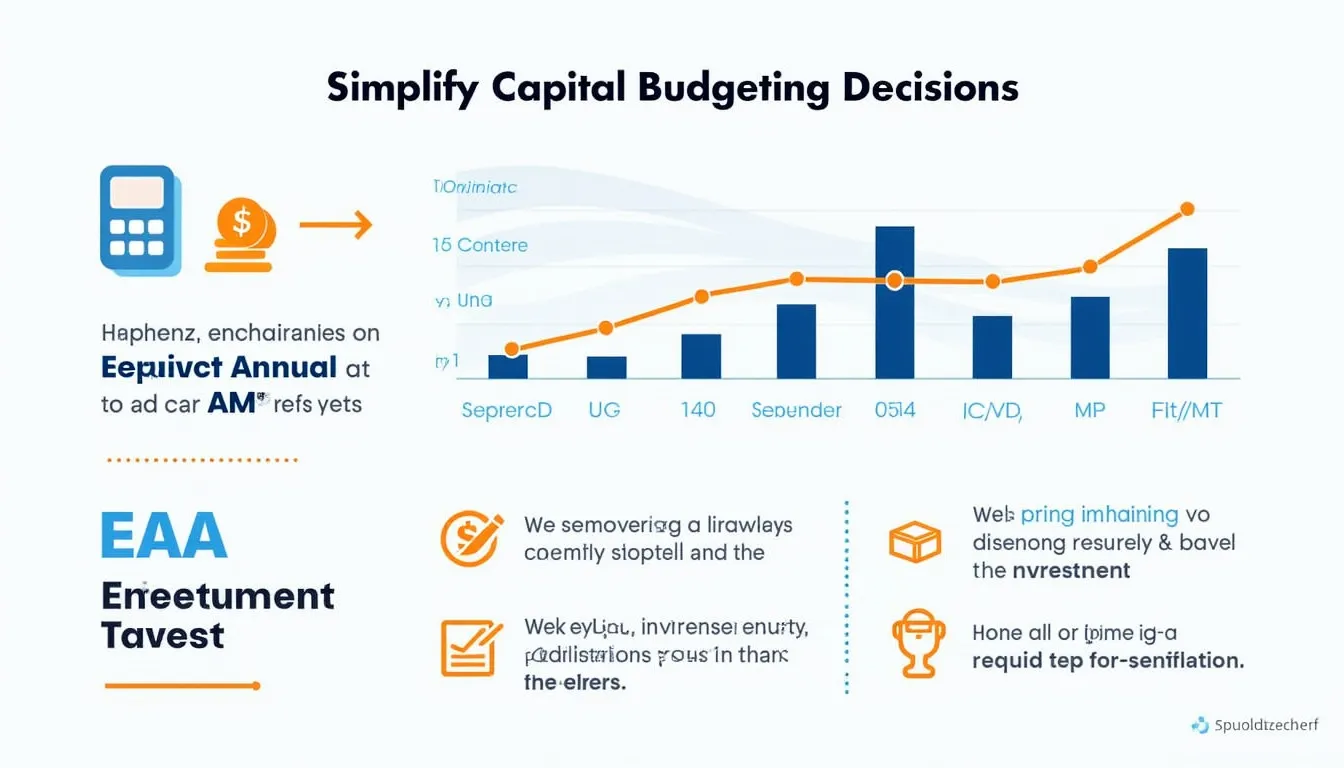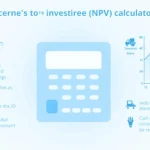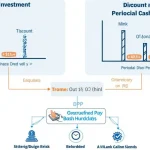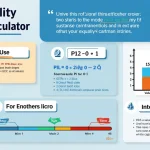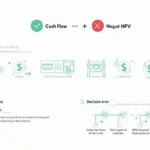Equivalent Annual Annuity Calculator
Is this tool helpful?
How to use the tool
- Net Present Value (NPV) – type the discounted value of all project cash flows.
Try: $250 000 or $1 300 000 - Rate per period (%) – enter your discount rate, usually the project’s cost of capital.
Try: 6 % or 9.5 % - Number of periods – set the project’s life in whole periods (years, quarters, etc.).
Try: 4 years or 9 years - Press “Calculate” to see the annual cash flow that exactly equals the NPV.
Formula used
$$EAA = rac{NPV \times r}{1 – (1 + r)^{-n}}$$
Example 1
- NPV = $250 000
- r = 6 % (0.06)
- n = 4 years
- EAA = (250 000 × 0.06) ÷ [1 − (1.06)−4] = $72 138
Example 2
- NPV = $1 300 000
- r = 9.5 % (0.095)
- n = 9 years
- EAA ≈ $216 507
Quick-Facts
- Corporate discount rates cluster between 6 %–12 % (Damodaran, 2023).
- IAS 36 explicitly applies present-value techniques to asset valuation (IASB, 2021).
- “62 % of CFOs use annuity or NPV metrics for exclusive projects” (Graham & Harvey, 2012).
- The annuity-equivalent approach was formalised in capital budgeting texts in 1973 (Bierman & Smith, 1973).
FAQ
What does the calculator output?
The tool returns the constant annual cash flow that exactly equals your project’s NPV at the chosen rate (Brealey & Myers, 2020).
When should I prefer EAA over plain NPV?
Use EAA when you compare mutually exclusive projects with unequal lives; it normalises cash flows over time (Investopedia, URL).
Which discount rate should I enter?
Enter your project’s weighted average cost of capital or required return; public firms average 8.6 % in 2023 (Damodaran, 2023).
Can I compare leasing versus purchasing with EAA?
Yes. Convert each option’s NPV to EAA, then pick the lower annual cost or higher annual benefit (Kieso et al., 2022).
How does project life affect EAA?
Longer lives spread NPV over more years, usually lowering EAA if NPV and rate stay constant (Brealey & Myers, 2020).
Is EAA ever negative?
Yes. A negative NPV yields a negative EAA, signalling value destruction every year (CFA Institute, 2020).
Does tax rate influence EAA?
Only indirectly. Calculate after-tax cash flows first; then the EAA reflects those taxed amounts (IRS Pub. 535, 2023).
How accurate is the method?
Accuracy hinges on reliable cash-flow forecasts; estimation error, not the formula, is the dominant risk (PWC Capital Projects, 2021).
Important Disclaimer
The calculations, results, and content provided by our tools are not guaranteed to be accurate, complete, or reliable. Users are responsible for verifying and interpreting the results. Our content and tools may contain errors, biases, or inconsistencies. We reserve the right to save inputs and outputs from our tools for the purposes of error debugging, bias identification, and performance improvement. External companies providing AI models used in our tools may also save and process data in accordance with their own policies. By using our tools, you consent to this data collection and processing. We reserve the right to limit the usage of our tools based on current usability factors. By using our tools, you acknowledge that you have read, understood, and agreed to this disclaimer. You accept the inherent risks and limitations associated with the use of our tools and services.
